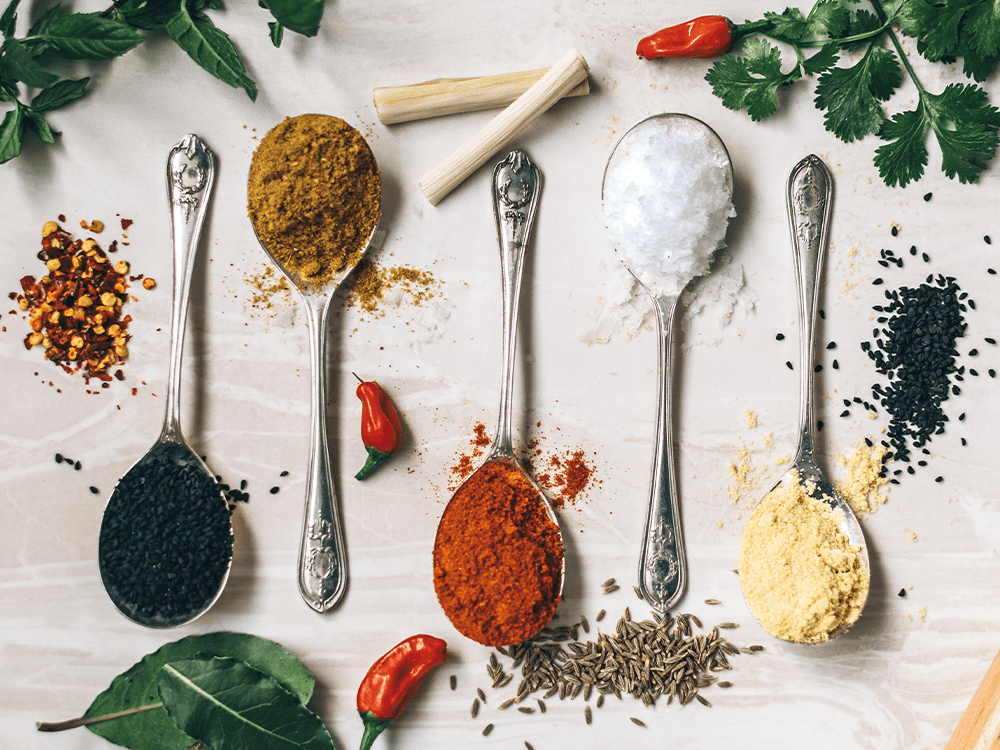If you love candy, you probably have quite the sweet tooth. But have you ever wondered why?
The answer might seem obvious – doesn’t everyone love sweets? Well, actually, yes, according to science! But there’s actually a pretty interesting explanation for why we love sweet foods – not to mention salty, sour, and bitter ones, too. Read on to learn more about the science of taste!
Why humans love sweets
Experts note that almost everyone has at least a little bit of a sweet tooth. To understand why it helps to understand a little more about why we taste in the first place.
Humans depend on nutritious food to survive. Way back before modern science, people didn’t have much to go on besides their own taste buds to figure out what foods were healthy and safe to eat versus those that would be a waste of energy or, worse, poisonous and possibly fatal.
That gets to the heart – or shall we say tongue – of why and how we taste. The way a food tastes gives us information about how it might affect our health. For example, bitter flavors are often associated with toxic plants that could make us sick or kill us.
So, where do sweet foods fit in? Sweet means sugar and sugar means energy. Energy is necessary for our survival. Hence the virtually universal human sweet tooth!
What about other tastes?

Scientists have identified five main categories of taste, each of which communicates certain nutritional information about the foods in question:
- Sweet – Associated with sugars, which provide us with energy
- Sour – Associated with acidic sources that often contain Vitamin C, necessary for our immune systems and general health
- Salty – Associated with sodium and chloride, as well as the mineral salts potassium and magnesium, all necessary for our health
- Bitter – Associated with 35 different proteins from plants, some of which are toxic
- Savory or “umami” – Associated with the amino acid glutamate, found in protein-rich foods like meat and cheese
As you can see, each taste doesn’t just contribute to how we enjoy our favorite foods, like salty potato chips, sour gummies, or bitter coffee. It also communicates information about what we’re eating.
How do we taste these foods, you might ask? Through taste receptors placed all over our tongues, mouths, and throats. Our taste buds pick up information from taste molecules in the foods we eat, then pass that information to our brains.
What about personal preferences?
Okay, so each taste is associated with vitamins, minerals, and other substances necessary for our survival. But everyone knows that we all have our own personal taste preferences when it comes to food. Some of us love sour candies while others can’t stand them; some of us wouldn’t touch broccoli with a ten-foot pole while others could eat it every day. What’s up with that?
Scientists say it’s a combination of our genes and our experiences. In other words, it’s both nature and nurture.
Your genes are partly responsible for the particular configuration of taste receptors on your tongue and in your mouth and throat – that is, how you pick up particular flavors in foods.
But associations with certain foods that you picked up in childhood, plus cultural customs, and even your mother’s experiences during pregnancy also have an impact. One study showed a connection between mothers’ predilection for morning sickness during pregnancy (associated with a loss of electrolytes) and children’s preference for salty foods.
Fun facts about the science of taste
- Human taste receptors can detect around 100,000 different flavors.
- Speaking of flavor – how is it different from taste? It comes down to your sense of smell. WebMD notes that if you hold your nose while eating a strawberry, you’ll be able to taste that it’s sweet, but you won’t be able to pick up the flavor of strawberry. Flavor is much more dependent on your olfactory senses than taste. That said, both taste and flavor depend on a combination of smell, sight, sound (think the crunching of a chip or the crackle and pop of a soda), and touch (think texture and temperature).
- We tend to crave what we’re in need of nutritionally. That’s why herbivores like deer and cows – whose main source of food, plant matter, contains no natural salt – are drawn to salt licks.
- You may have noticed one crucial category missing from our list of tastes: spicy. That’s because spicy isn’t a taste, but actually a measure of chemical irritation – an entirely different sensory system.
- Different taste receptors are located in different parts of the tongue, mouth, and throat for different purposes. For example, FoodInsight.org notes that there are lots of bitter receptors toward the back of the throat, triggering you to gag and spit out a potentially toxic substance.
- FoodInsight.org notes that scientists are working on identifying even more tastes, such as alkaline (the opposite of sour), fat, metallic, and more.
It’s for science!
Have a hankering for something sweet? Just tell your doctor (or your dentist) you’re doing it for science! After all, what better way to test out the science of taste than to try out a few sweet or sour candies on those taste receptors of yours? Check out Candy Club’s options today, and don’t hesitate to sign up for a monthly subscription.








